Understanding the Asphalt Repair Process
Asphalt pavement is a crucial component of infrastructure around the world, providing durable and flexible surfaces for roads, parking lots, and more. Over time, however, wear and tear caused by weather, traffic, and other factors can lead to damage that requires repair. Understanding the asphalt repair process is vital for both property owners and maintenance professionals to ensure longevity and safety. This post takes a closer look at some common methods used in asphalt repair and their distinct advantages.
Understand Patching
One of the most common asphalt repair techniques is patching, which involves filling in potholes and cracks with new asphalt material. This method is highly efficient and cost-effective for smaller areas. Cold patching is particularly popular for quick fixes, using pre-mixed asphalt products that can be applied without heating. This temporary solution is perfect for minor repairs, especially during colder months when hot mix asphalt isn't readily available. On the other hand, for extensive damage in high-traffic areas, hot mix asphalt is preferred for its durability and longevity.
Consider Seal Coating
Another prevalent method is seal coating, which involves applying a protective layer over the asphalt surface to shield it from moisture, oil spills, and harmful UV rays. This process not only extends the life of the pavement but also enhances its appearance by giving it a fresh, uniform look. Seal coating is best performed every two to three years, which makes it a cost-efficient option for ongoing pavement maintenance. It's an excellent way to prevent small cracks and erosion before they escalate into larger issues that require more comprehensive intervention.
Consider Saw Cut Asphalt Patching
For more severe damage or structural issues, saw cut asphalt patching may be necessary. According to Forbes, this is the most expensive type of patch, costing between $425 to $750. This technique involves cutting out the damaged section of asphalt and replacing it entirely, ensuring a seamless integration with the existing surface. Although more costly, saw cut patching provides a long-lasting solution to significant issues, preventing further deterioration of the pavement.
Understanding the asphalt repair process can significantly impact the effectiveness and cost of maintaining paved surfaces. Whether it's simple patching, protective seal coating, or extensive saw cut repairs, each method has its place depending on the severity and nature of the damage. By choosing the right repair strategy, property owners and managers can ensure safe, attractive, and long-lasting asphalt pavements. If you need asphalt repairs or paving services, contact Hargrove Sealcoating and Striping today.
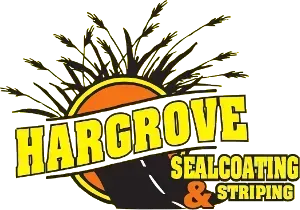

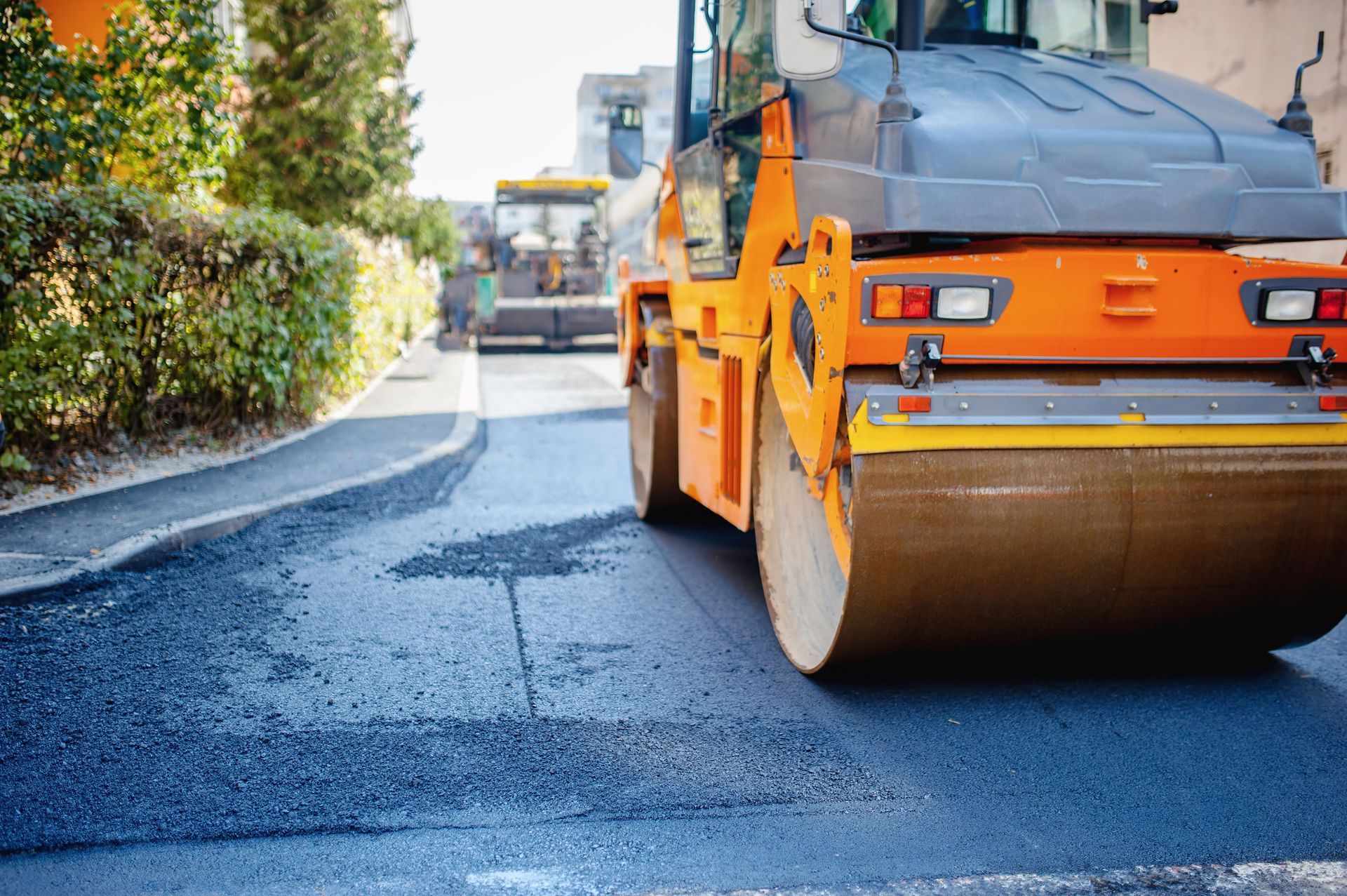

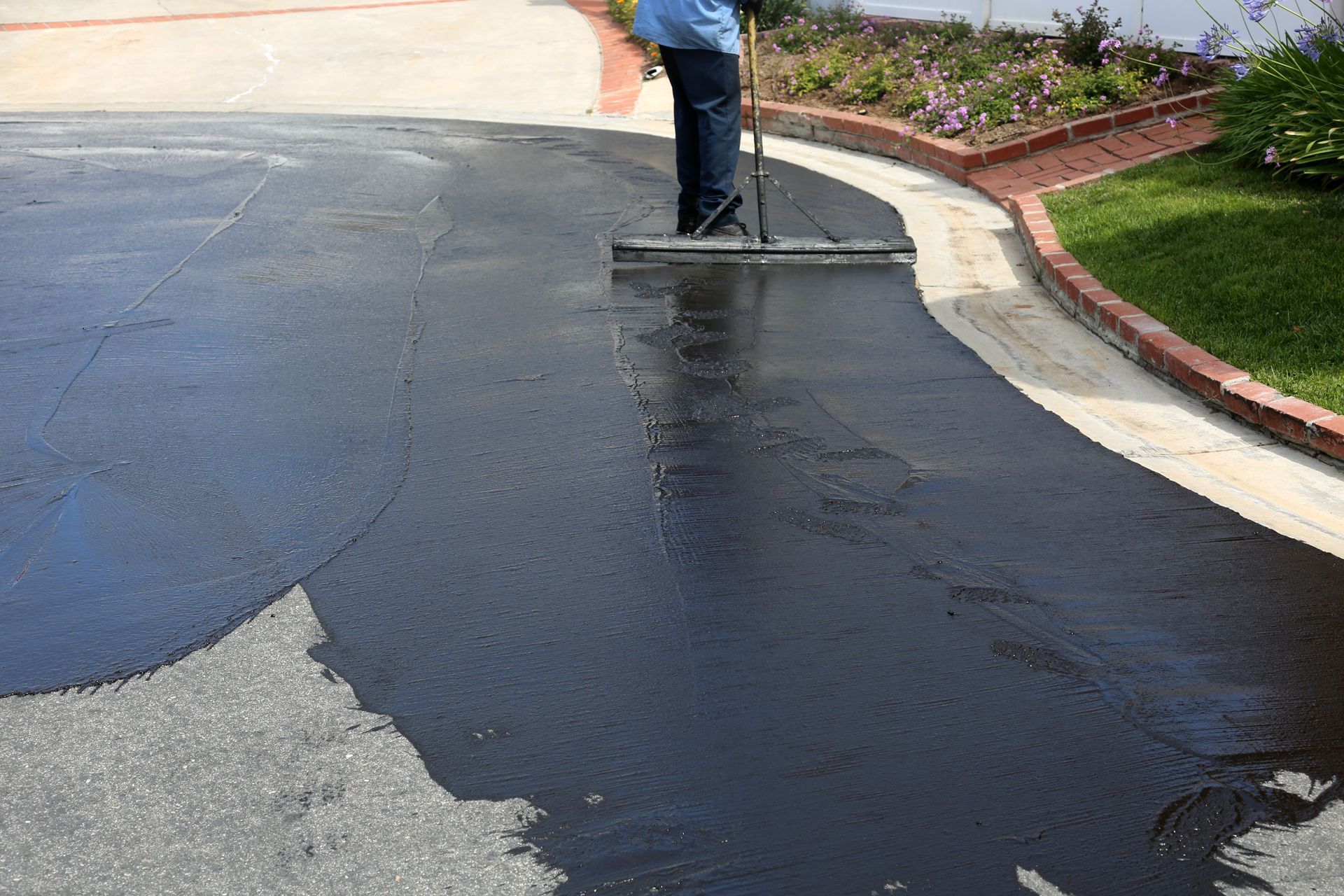
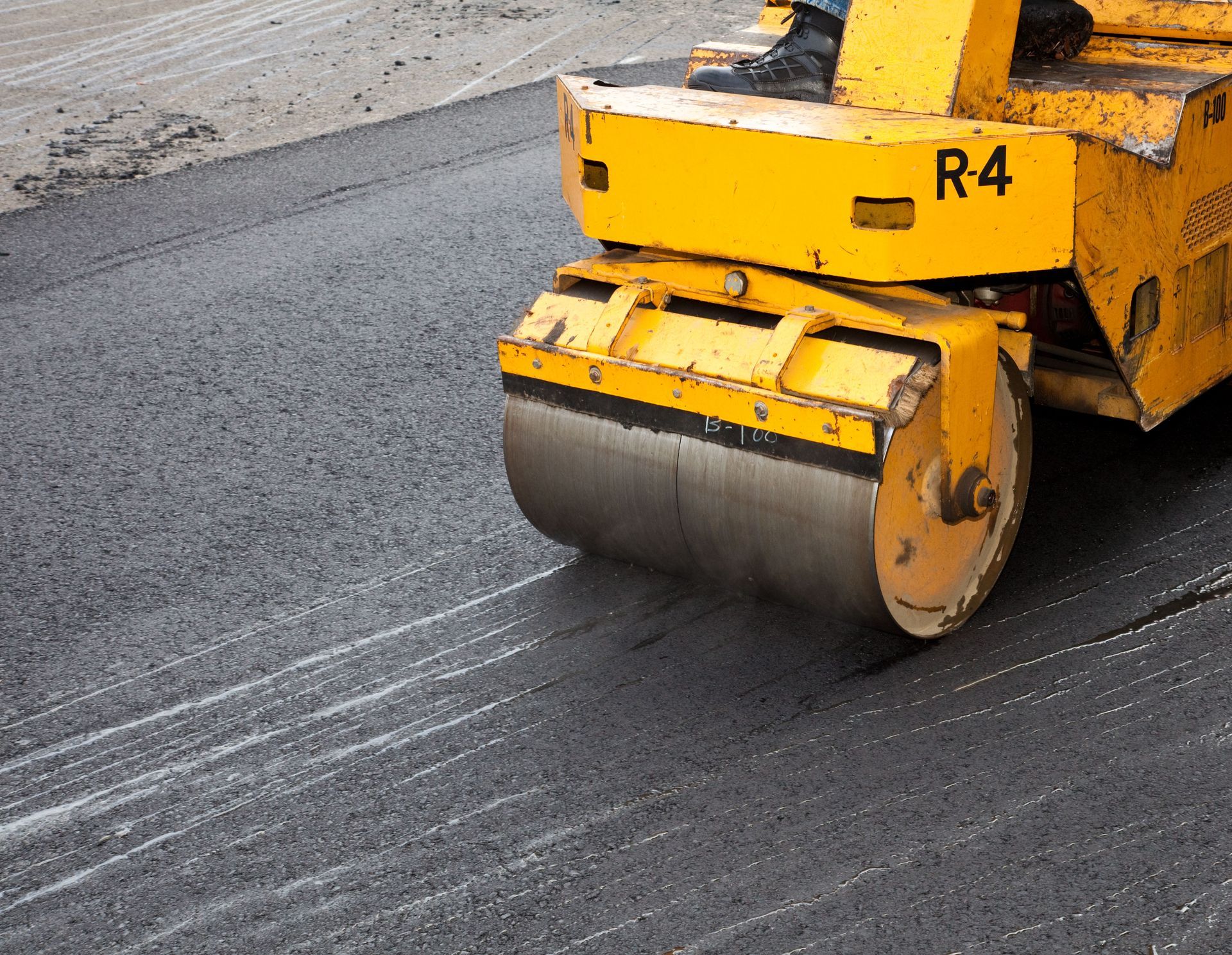
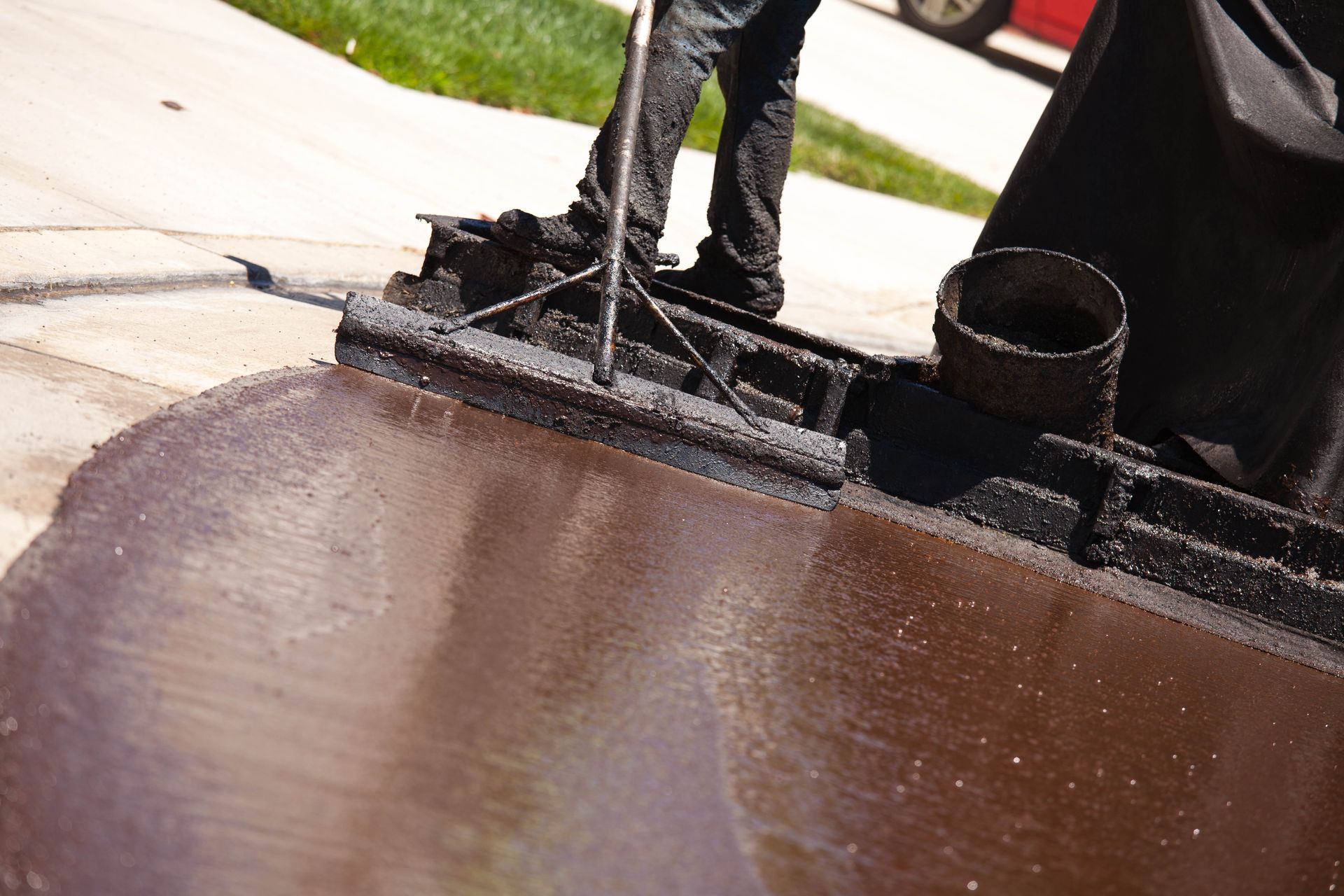
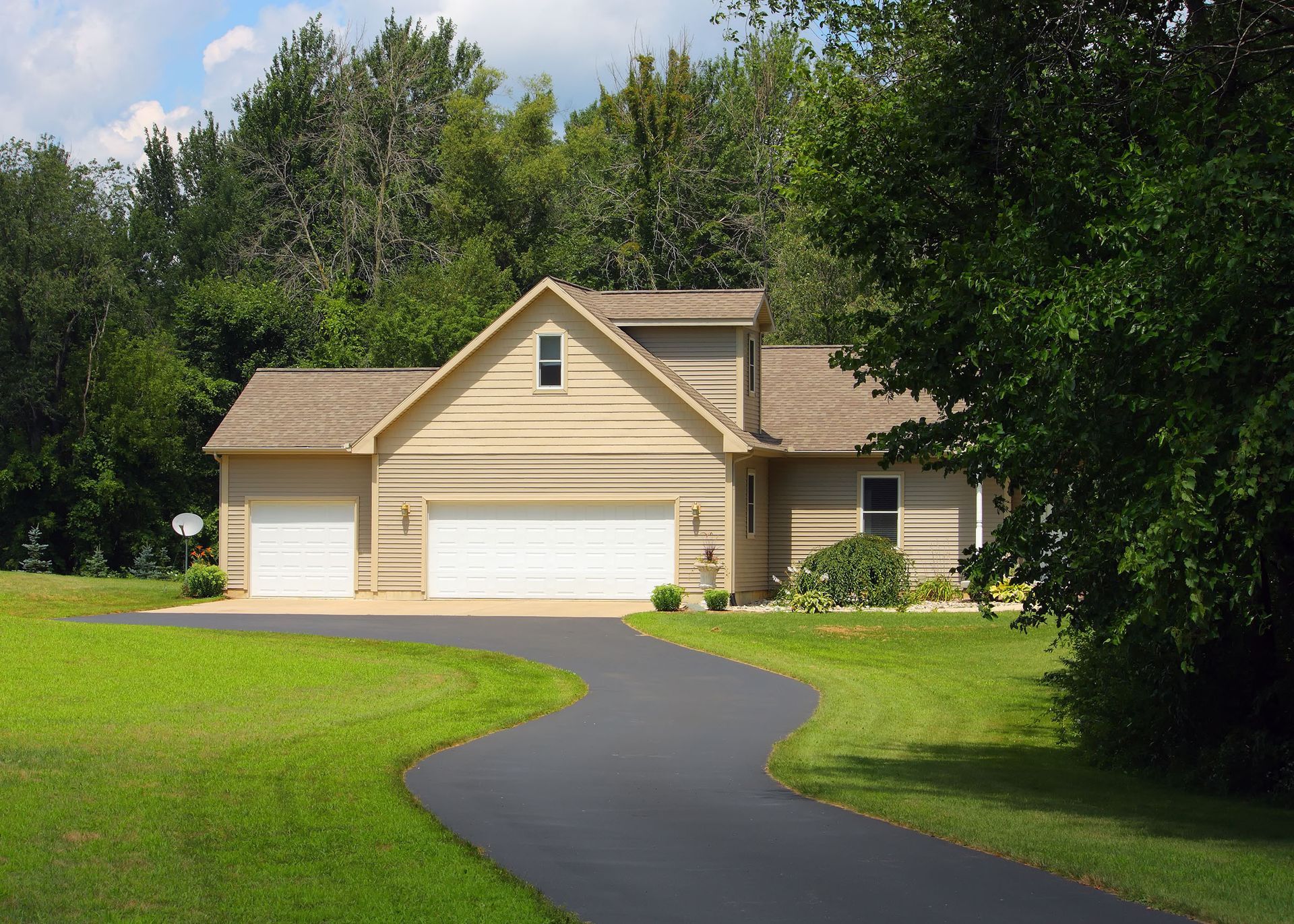
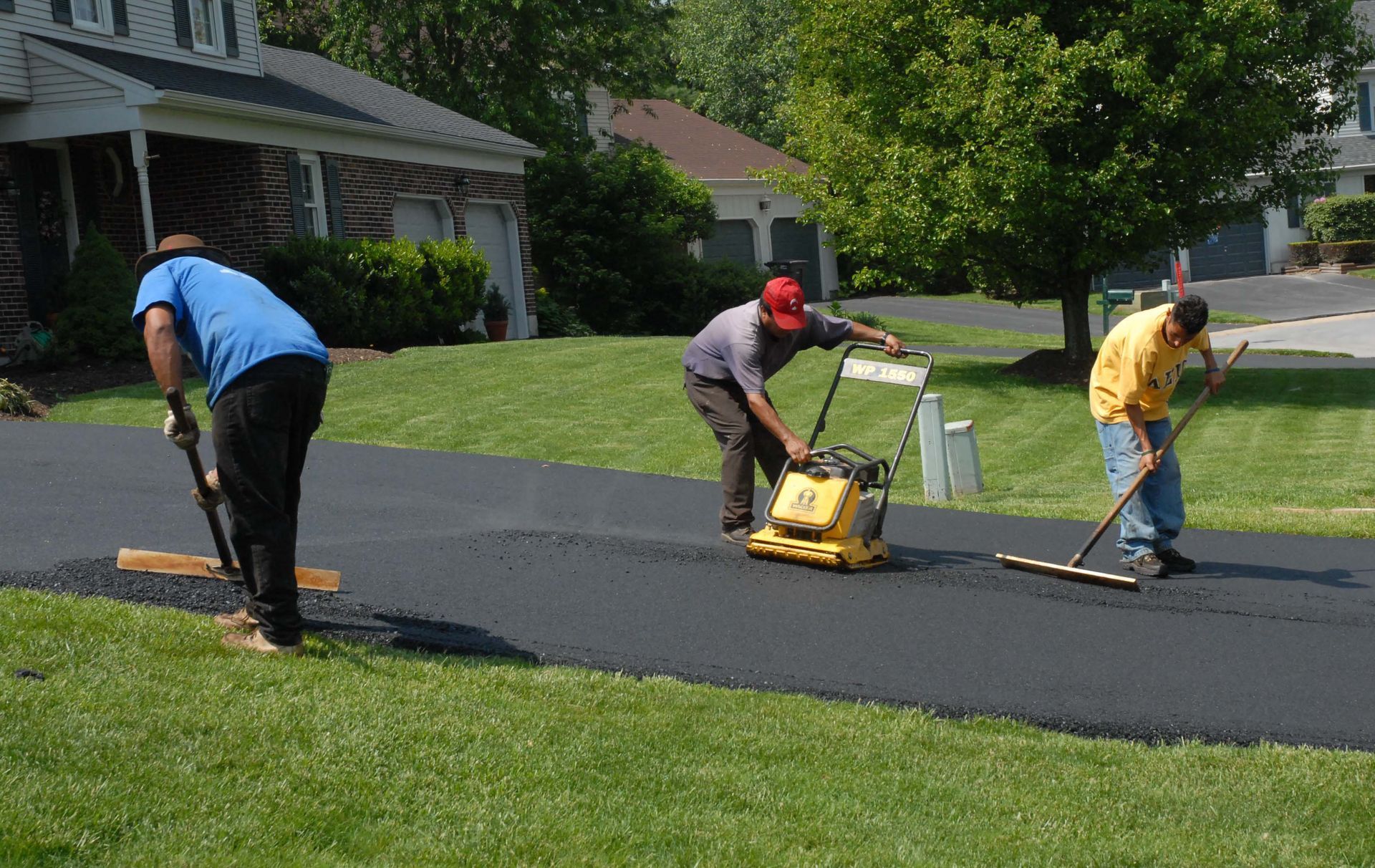
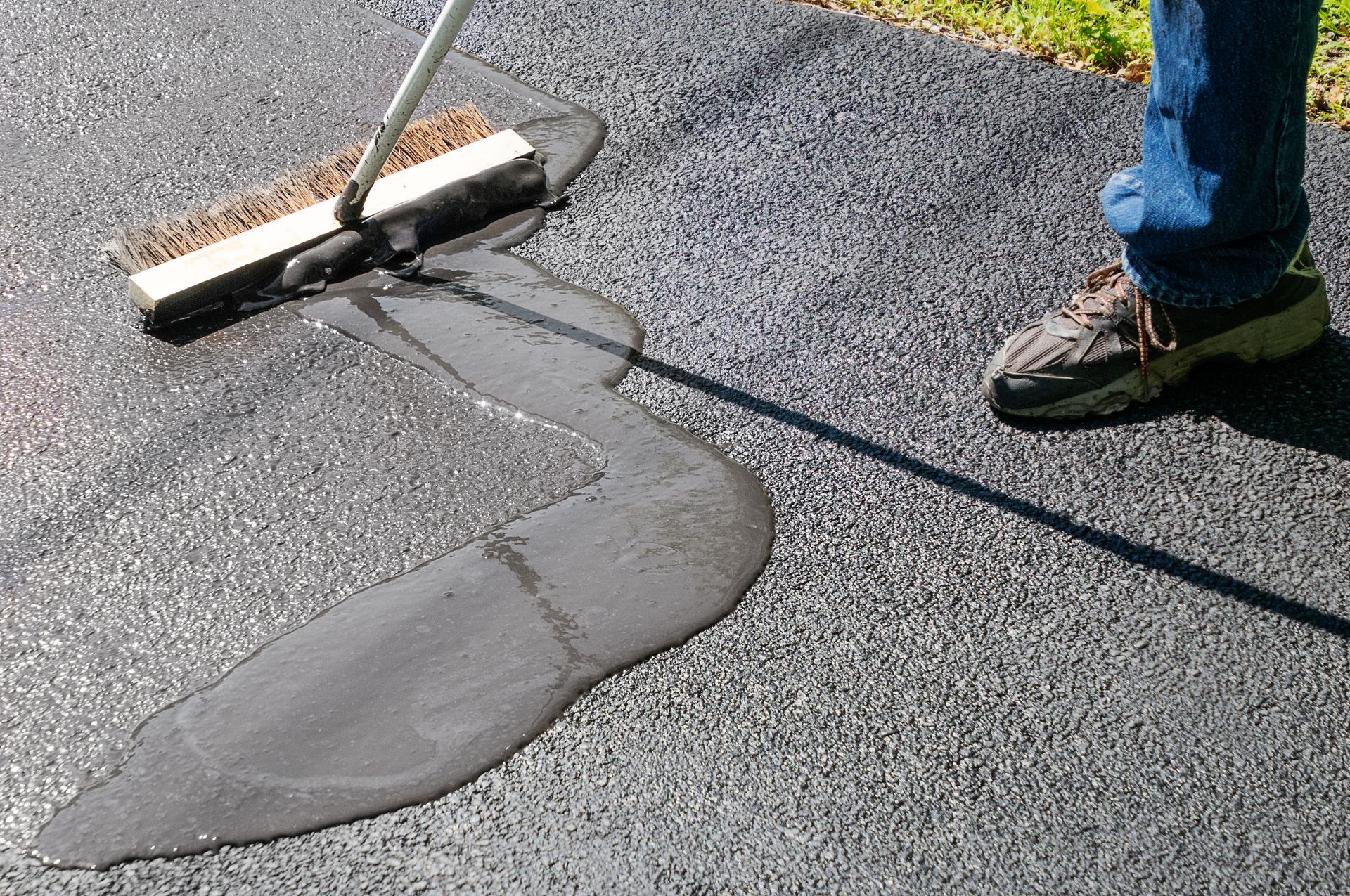
Share On: